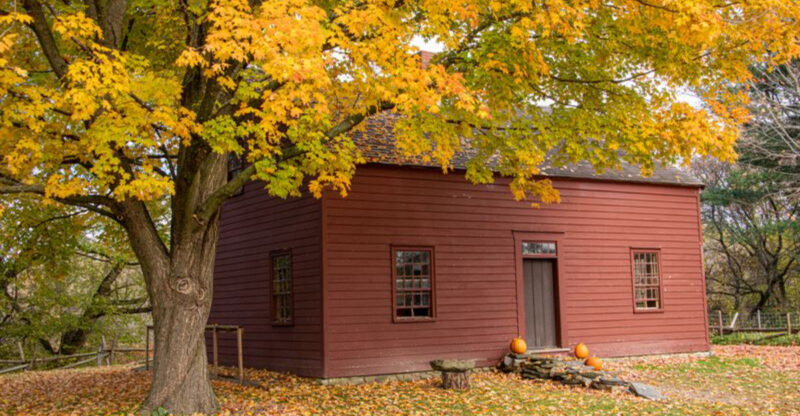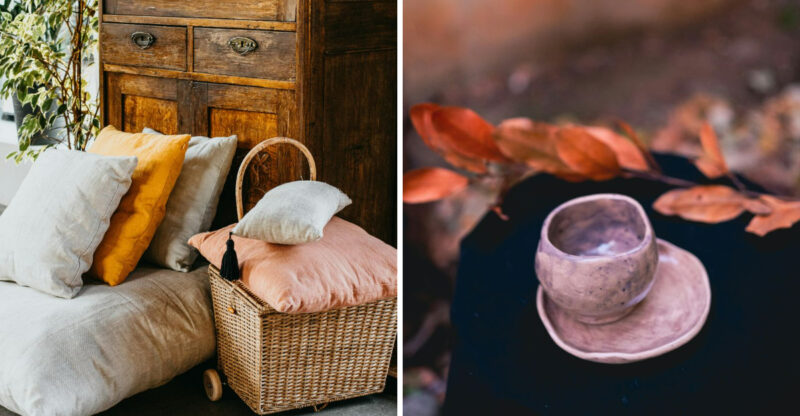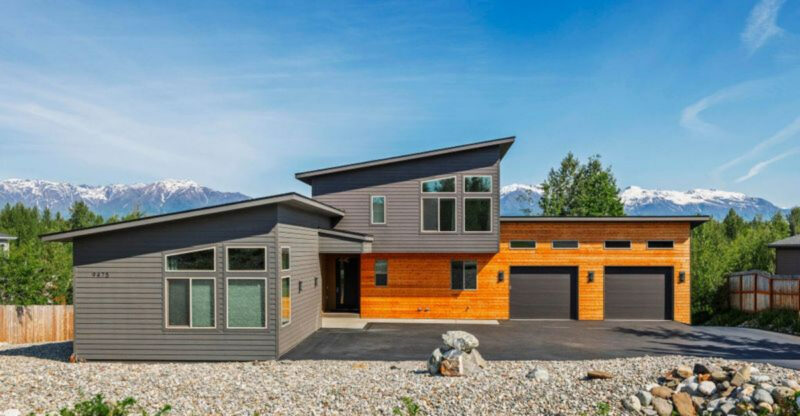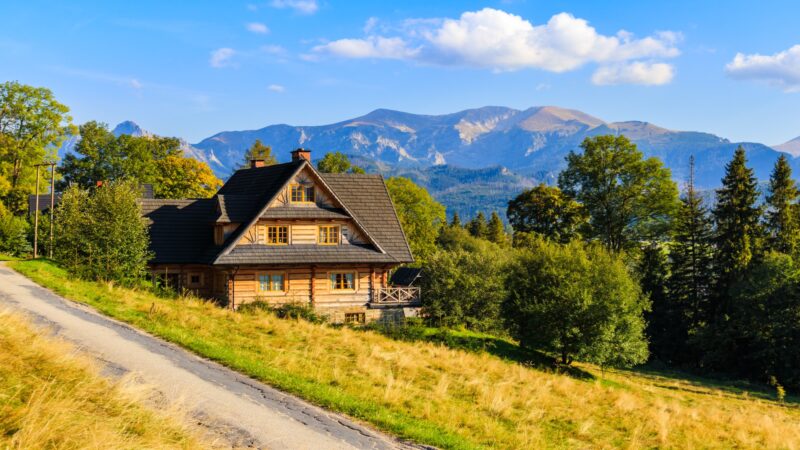4 Old-Hollywood Mansions That Still Inspire And 3 That Didn’t Age Well
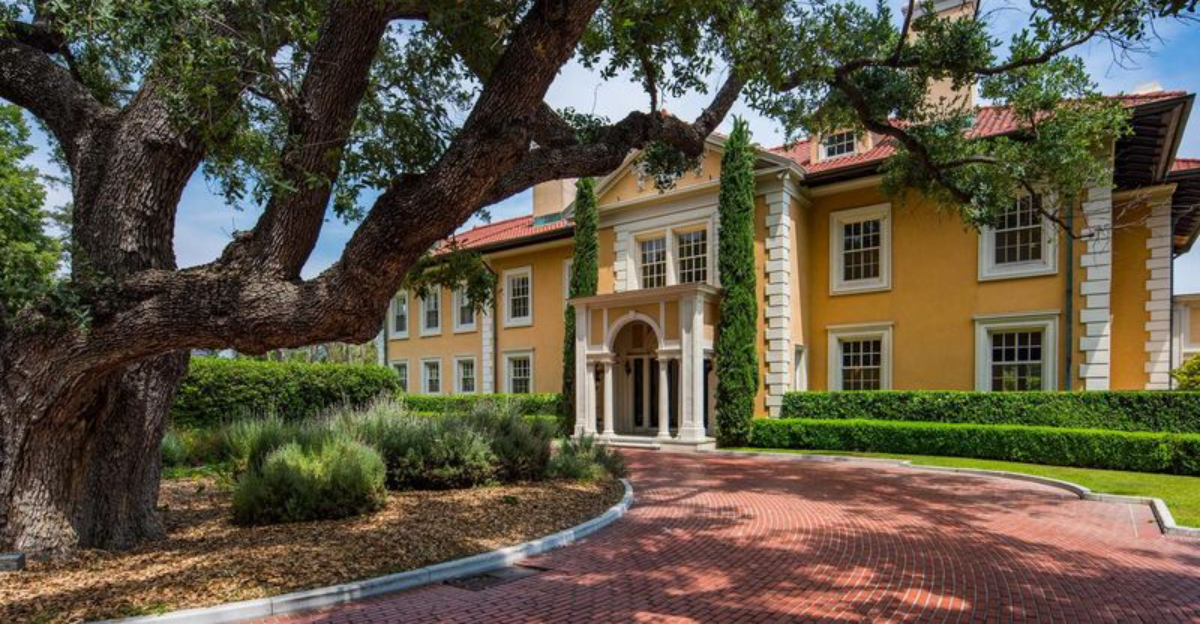
Old Hollywood wasn’t just a style – it was a full-blown fantasy, built into the very walls of Los Angeles. From sweeping staircases to mirror-lined ballrooms, the homes of Hollywood’s golden age weren’t just backdrops to fame – they were part of the performance.
Some of these mansions still dazzle, timeless in their beauty and influence.
Others haven’t aged quite as gracefully, trapped in trends that faded with the spotlight. Take a look at which Old-Hollywood homes continue to inspire – and which ones belong to the past.
1. The Hearst Estate – Beverly Hills
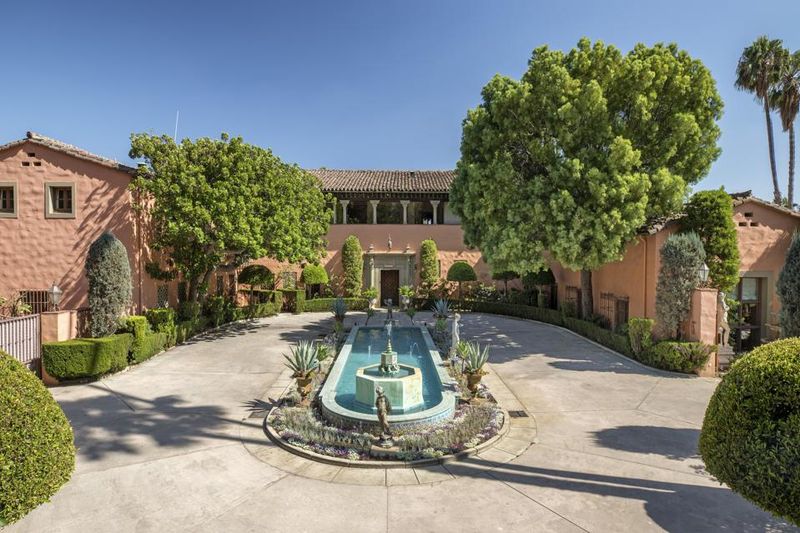
This Mediterranean Revival mansion blends Old Hollywood charm with European grandeur. Built in the 1920s, it once belonged to William Randolph Hearst. Its colonnaded halls, hand-painted ceilings, and carved wood details reflect timeless craftsmanship.
The home also starred in The Godfather and The Bodyguard, adding to its legacy. Even today, its dramatic scale and refined finishes continue to influence high-end design. Beverly House proves that elegance doesn’t go out of style.
2. Harold Lloyd Estate (“Greenacres”) – Beverly Hills
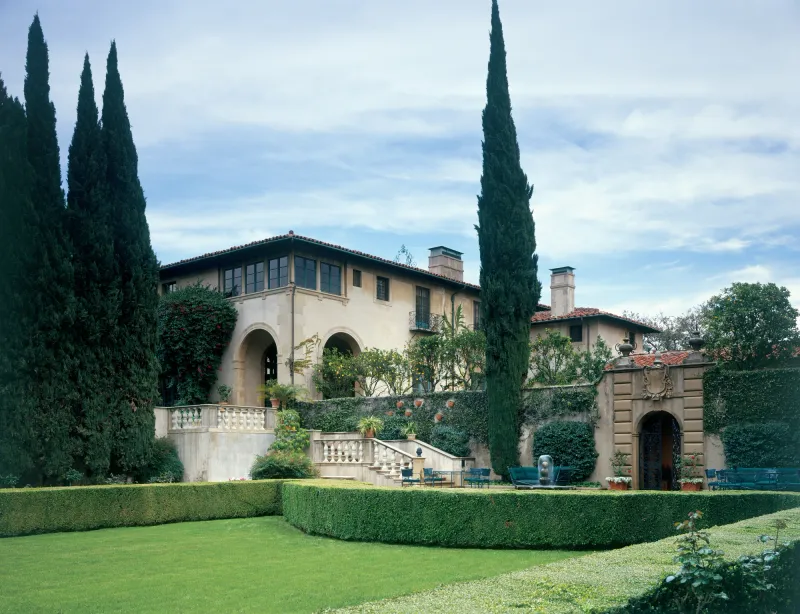
Sprawling across 16 acres, this magnificent 44-room estate boasts breathtaking Italian Renaissance architecture that remains influential nearly a century later. The property’s harmonious blend of formal gardens, fountains, and reflecting pools creates a serene sanctuary.
Architects still study its innovative indoor-outdoor flow and perfect proportions. The estate’s preservation shows how classic design principles can remain relevant despite changing tastes.
3. Fleur De Lys – Holmby Hills

Modeled after Louis XIV’s palace at Versailles, this 45,000-square-foot masterpiece combines French Baroque grandeur with modern amenities. Limestone exteriors and hand-painted ceilings showcase artisanal craftsmanship rarely seen in contemporary homes.
The ballroom accommodates 200 guests, while the library’s two-story ceiling creates a space that feels both intimate and impressive. Even in today’s minimalist era, its ornate beauty continues inspiring luxury designers.
4. Willis Wonderland – North Hollywood
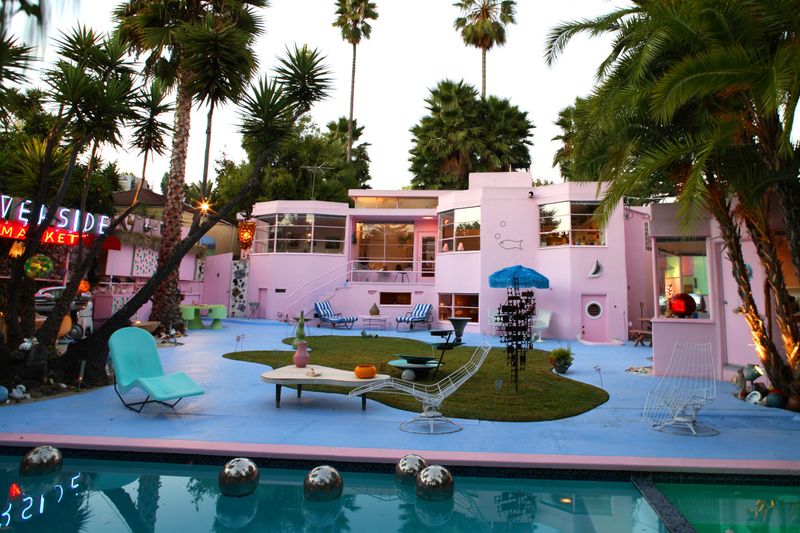
This pink-and-white confection breaks every rule of conventional design – and that’s exactly why it remains relevant. The kidney-shaped pool, retro furnishings, and playful architecture celebrate individuality over conformity.
Each room tells a different story through themed décor and unexpected color combinations. The mansion proves that personality-driven design can create lasting impact when executed with conviction and artistic vision, inspiring today’s maximalist movement.
5. C.E. Toberman Estate (Villa Las Colinas) – Hollywood
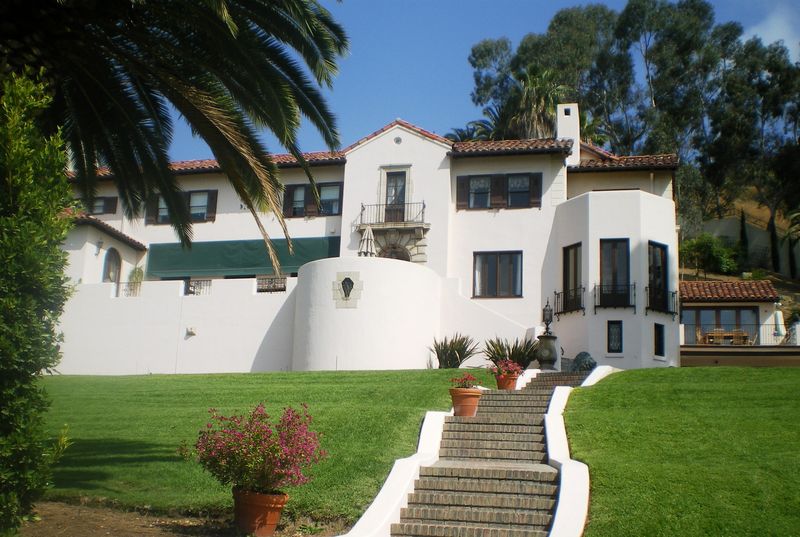
The Mediterranean Revival style that once defined luxury now appears dated and excessive. Heavy wrought iron fixtures, dark wood paneling, and small windows create spaces that feel oppressive rather than opulent by today’s standards.
Low ceilings and compartmentalized rooms reflect outdated living patterns. While historically significant, the mansion’s layout lacks the open-concept flow and natural light modern homeowners crave, serving as a reminder of how quickly architectural trends can become obsolete.
6. Arden Villa – Pasadena

Once a showpiece of early 20th-century elegance, the neoclassical symmetry and sprawling form now read more soap opera than sophistication. Arden Villa’s cavernous ballrooms and colonnaded terraces evoke TV drama rather than timeless design.
The mansion’s rigid formality and over-polished surfaces create a space that feels impersonal and theatrical. Despite its architectural pedigree, the estate reflects an era of performative luxury that today’s homeowners often find cold and disconnected from livable comfort.
7. Villa De Leon – Pacific Palisades
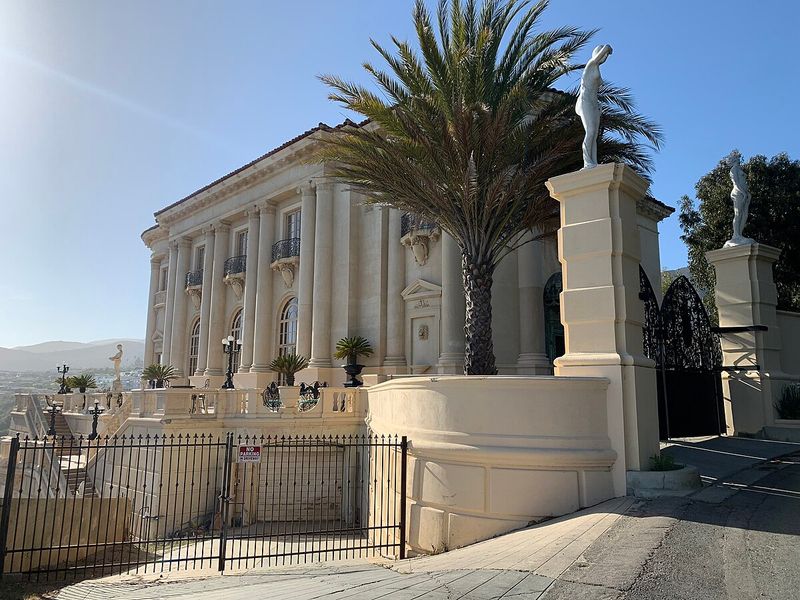
Perched above the Pacific with all the pomp of an Italian palace, this mansion dazzles at a distance – but step inside, and the effect quickly fades. Gilded moldings, ornate chandeliers, and massive marble staircases dominate rooms that feel more museum than home.
Villa de Leon’s grandeur lacks restraint, with every surface competing for attention. What was once seen as romantic and regal now borders on excessive, leaving modern designers questioning whether true elegance needs to shout this loudly.

